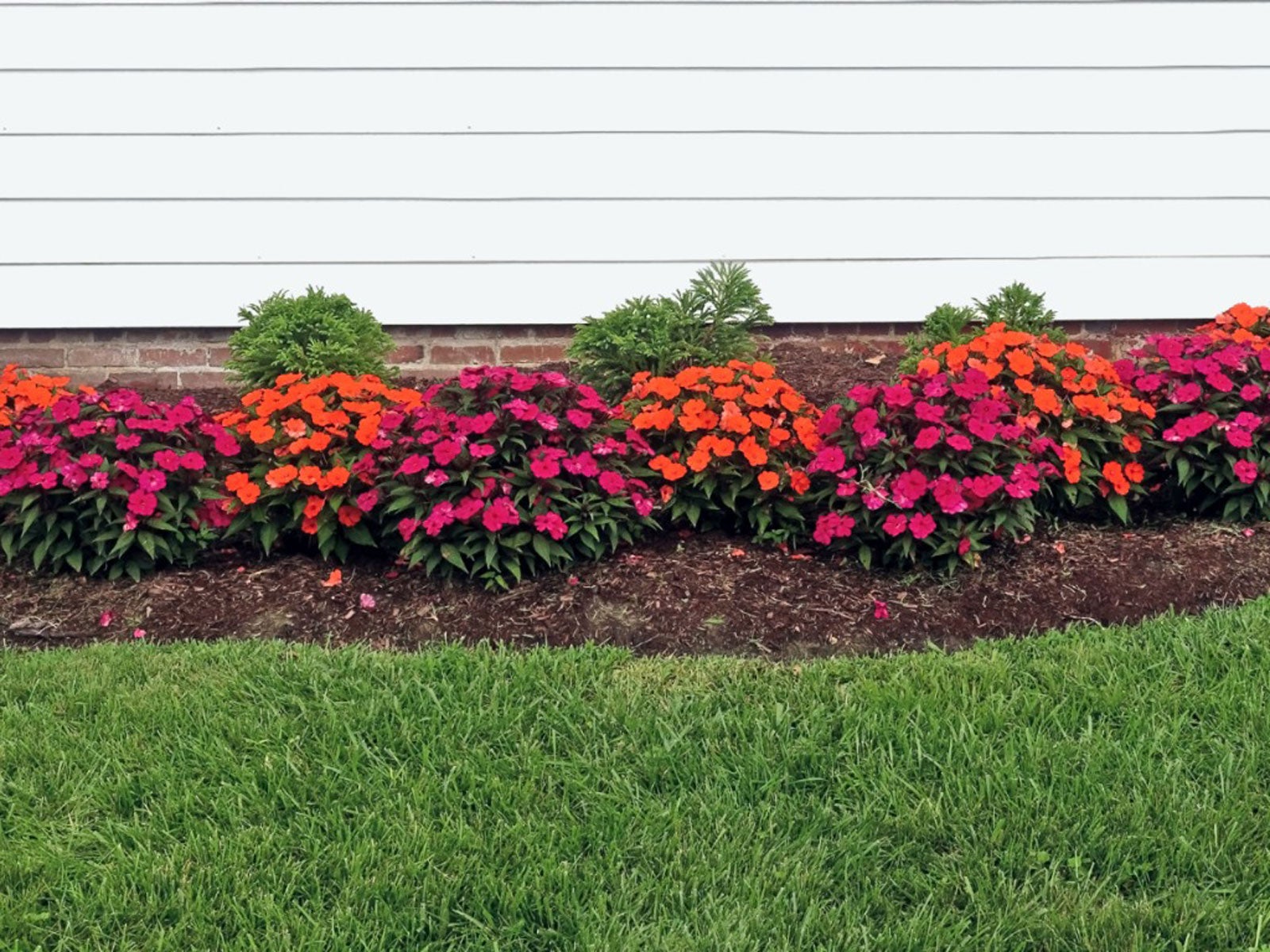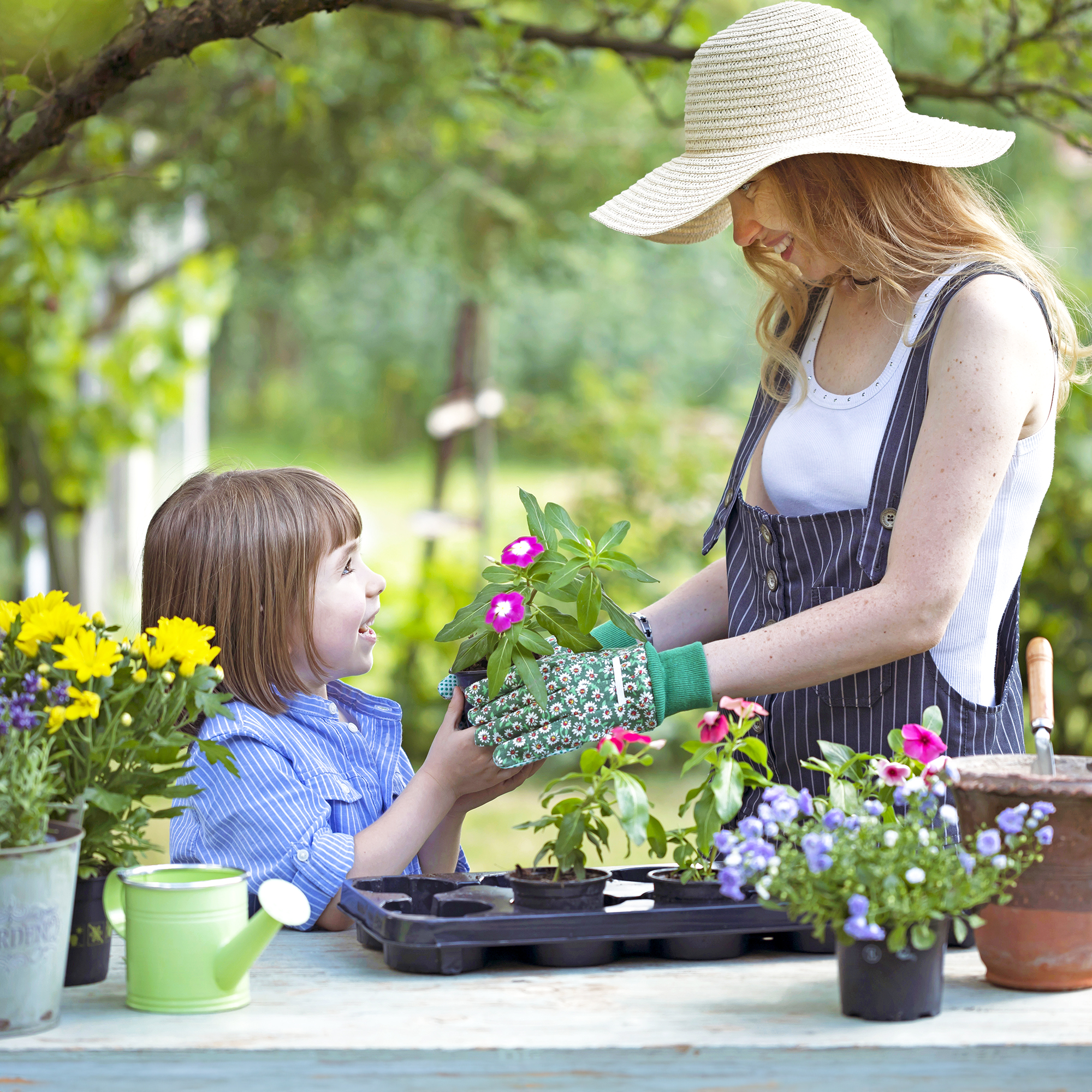Grass Growing In Flower Bed: How To Kill Grass In Flower Beds


Weeds are the nemeses of the gardener. They out compete other plants you’re trying to grow, they take up precious nutrients and water, and they’re difficult to pull out by the root. This is especially true in flower beds and one tough type of weed to manage there is grass.
Grass growing in flower beds looks messy but there are a few tried and tested strategies for preventing and eliminating grassy weeds.
Preventing Grass in Flower Beds
You can try to kill grass in flower beds, but if you can keep grass out of unwanted areas in the first place, your job becomes much easier. If you’ve ever tried pulling grass out by the roots and getting every last bit out, then you know it’s not just difficult but nearly impossible.
One good strategy for prevention is to use a barrier between beds and the lawn. Landscaping bricks or plastic barriers that you sink a few inches (8 cm.) into the ground can really help keep grass at bay. Keep an eye on the edges and pull any grass you see creeping its way into the bed.
You may also want to try pre-emergent herbicide to prevent any grass seeds that have gotten into the bed from growing. These don’t work on weeds that have already sprouted but will stop seed growth. Try products with the ingredient trifluralin for grass seeds.
Getting Rid of Grass in a Flower Bed
There is a good chance that your prevention methods will not be adequate to keep all grass out of your beds. A combination of barriers and pre-emergent herbicides with tools for killing unwanted grass in flower beds will give you the best results.
Once you have grass sprouting in a bed, you cannot easily pull it all out without seeing it return from root fragments. Use a grass specific herbicide on these weeds. Try herbicides with the ingredients clethodim, sethoxydim, or fluazifop-p which will kill grass but not damage flowers and shrubs.
Gardening tips, videos, info and more delivered right to your inbox!
Sign up for the Gardening Know How newsletter today and receive a free copy of our e-book "How to Grow Delicious Tomatoes".
If you have vegetables nearby—and to be extra careful with flowers and bushes—use cardboard as a barrier when you spray. This will ensure the herbicide goes only on the weeds.
In addition to herbicides, use a thick layer of mulch to smother the existing grassy weeds. A few inches (8 cm.) of mulch are required to really prevent their growth and keep the grasses from getting sunlight. If any grass emerges from the mulch, hit it right away with one of the selective herbicides or pull it out by hand (they’re much easier to manage this way).
Note: Any recommendations pertaining to the use of chemicals are for informational purposes only. Specific brand names or commercial products or services do not imply endorsement. Chemical control should only be used as a last resort, as organic approaches are safer and more environmentally friendly.

Mary Ellen Ellis has been gardening for over 20 years. With degrees in Chemistry and Biology, Mary Ellen's specialties are flowers, native plants, and herbs.
-
 12 Mother’s Day Garden Gifts That Celebrate Moms Who Love To Grow
12 Mother’s Day Garden Gifts That Celebrate Moms Who Love To GrowAll Moms deserve to feel special on Mother’s Day, so treat her to a thoughtful gardening gift that helps her get the most out of her hobby.
By Melanie Griffiths
-
 Never Plant Seedlings Until They Pass These 3 Simple Tests
Never Plant Seedlings Until They Pass These 3 Simple TestsDon't be over-eager to transplant seedlings into the garden before they are ready. These quick and easy checks will help ensure flourishing plants.
By Mary Ellen Ellis